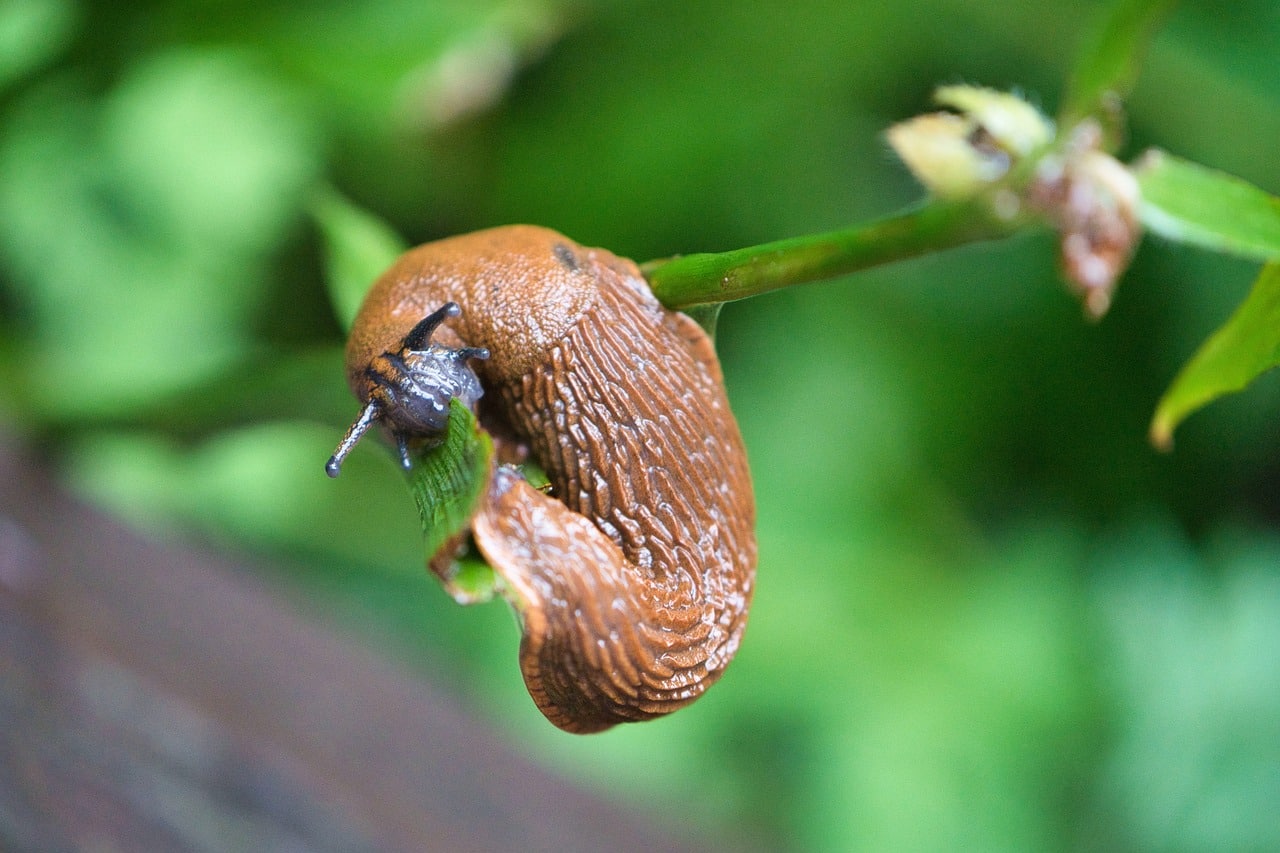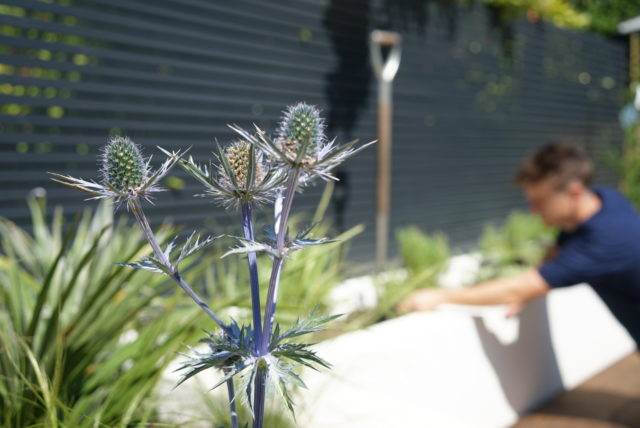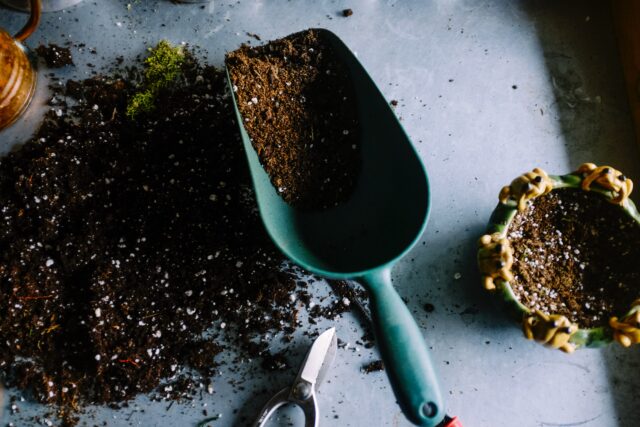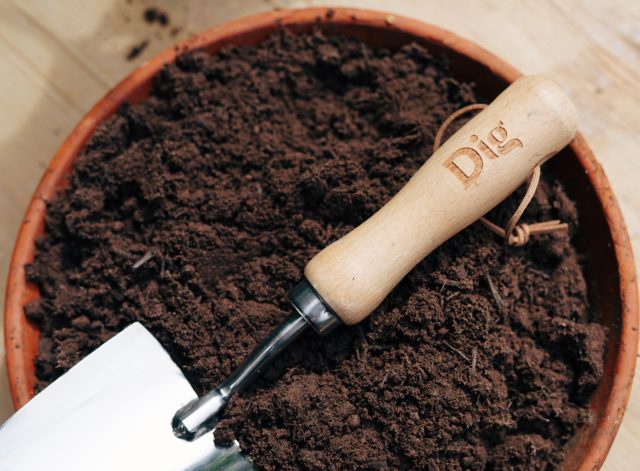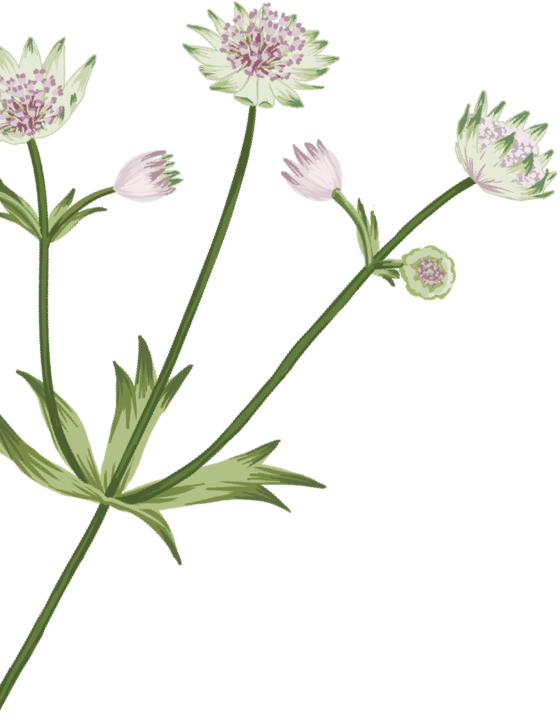A few of our followers on Dig’s Instagram got in touch asking about slug prevention. The first thing we must say about slugs therefore is that they’re not all bad for plants – some species, such as the leopard slug, will eat decaying matter and fungi, ignoring plants entirely and so can be a brilliant mini gardener to have around. Unfortunately, many methods of preventing the types of slugs and snails that do damage plants have not been scientifically-proven to work, although there are examples of them working anecdotally. The answer therefore is, like much of gardening, to experiment and try different things out. Below we’ve detailed a few examples of plants that slugs and snails might be interested in at the moment, as well as a few methods to try out to find what works best for you and your garden when it comes to keeping your plants safe. It’s worth noting though that gardens are fantastic eco-systems for nature, and slugs and snails form an important part of that. Slugs and snails often make up a key dietary element for predators like birds and hedgehogs so if you can stomach it, learning to live with them is often the path of least resistance.
Slugs and snails will be especially drawn to Hosta, Lupin, Delphinium, and any other perennials with fresh leaves emerging in spring. They also love any young foliage – especially on vegetables and are often the scourge of many a vegetable gardener at this time of year. The same goes for young seedlings too. Therefore, when deploying any of the below methods, the above plants are the ones to take extra care of and attention around.
Copper Wire/Tape wrapped around the base of a plant, or the rim of a pot can, in some cases, keep slugs and snails at bay due to a dislike of the material
Broken Eggshells are said, in some cases, to have the same effect, with the rough surface thought to be a sometimes effective preventative measure
Wool Pellets are also sometimes effective, with a similar textural barrier created around the base of plants
The Torch and Bucket Method involves just that. Often found in much higher numbers at night, early evening is a great time to head out with a torch and bucket for collecting slugs and snails by hand. Gather them up and deposit them in a nearby wild spot. Wear gloves if you’d rather not touch them, but make sure to give your hands a good wash afterwards if you do.
Nematodes are natural, microscopic creatures that act as parasites to many garden pests such as slugs and snails. It’s a sticky unpleasant end for the slug or snail, but it’s also an organic one, not relying on chemicals (which we never advise). You can find many vendors of nematodes by mail online.
